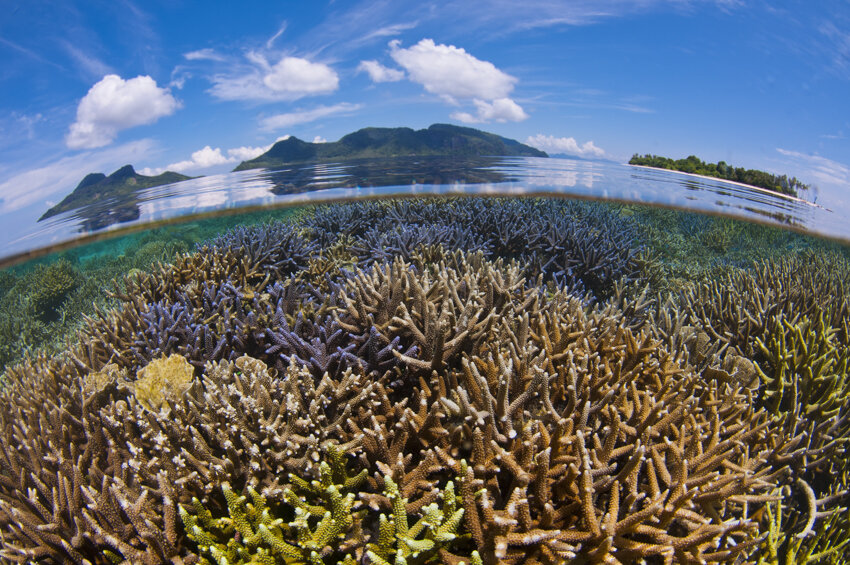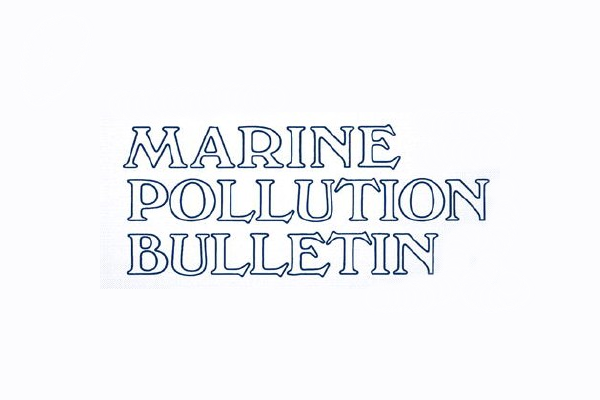
News, Research, & More
Quick Links: In The News - Research - Community - Video
The Effects Of Destructive Fishing Practices In Southeast Asia
Coral reefs disappear four times faster than the Earth’s rainforests. They cover less than 1 percent of the Earth, and yet support millions of marine plants and animals. They are among the most diverse of communities in our oceans and one of the oldest, having evolved over 200 million years ago.
Progress Towards Development Of Alternative Livelihoods In The Tun Sakaran Marine Park
Fishing and gleaning in the area now within the 350km Tun Sakaran Marine Park has caused stocks of reef fish and other edible species to fall to low levels. Efforts are now being made to reduce exploitation of marine resources in order to protect biodiversity and allow stocks to recover.
The Coral Reef Crisis: The Critical Importance Of <350 PPM CO2
Temperature-induced mass coral bleaching causing mortality on a wide geographic scale started when atmospheric CO2 levels exceeded ∼320 ppm.
Depths Of Destruction
In the midst of yet another reported fish contamination scandal in Hong Kong last week, a frightening scenario was suggested by physicist George Woodman: what if the voracious fish eaters of Hong Kong and the mainland decided the only way they could safeguard their health from the continuous fish contamination scares was to switch from farmed seafood to the cheaper ‘bombed’ version?
Recovery From Blast Fishing On Coral Reefs: A Tale Of Two Scales
Dynamite or “blast” fishing is one of the most immediate and destructive threats to coral reefs worldwide. However, little is known about the long‐term ecosystem effects of such blasts or the dynamics of recovery.
Hull-Mounted Hydrophones For Passive Acoustic Detection And Tracking Of Sperm Whales
Abstract Acoustic monitoring has proven increasingly important for detection and tracking of marine mammals. Most systems rely on towed hydrophones that can be cumbersome to deploy and pose a risk in terms of fouling propellers and failing in rough seas.
A Direction-Sensitive Underwater Blast Detector And Its Application For Managing Blast Fishing
Little is known about the spatial and temporal distribution of blast fishing which hampers enforcement against this activity. We have demonstrated that a triangular array of hydrophones 1 m apart is capable of detecting blast events whilst effectively rejecting other sources of underwater noise such as snapping shrimp and nearby boat propellers.
Recovery In Rubble Fields: Long-Term Impacts Of Blast Fishing
This paper presents initial results from a study of factors that inhibit or enhance hard coral recovery in rubble fields created by blast fishing in Komodo National Park and Bunaken National Park, Indonesia.
Acoustic Characteristics Of Fish Bombing: Potential To Develop An Automated Blast Detector
The use of explosives to catch fish has caused extensive damage to coral reefs throughout Southeast Asia, but the frequency with which they are used is largely unknown. The aim of this work is to develop a detection system capable of distinguishing underwater explosions from background noise, and locating their origin by triangulation.
A Closer Look At Blast Fishing In The Philippines
It may not be a major method of fishing like hook and line or the gill net, but explosive fishing is widespread in the Philippines.
Reef Degradation And Coral Biodiversity In Indonesia: Effects Of Land-Based Pollution, Destructive Fishing Practices And Changes Over Time
Species-area curves calculated from line-intercept transect surveys on 15 reefs in three regions of Indonesia allow estimation of the relative decrease in within-habitat coral species diversity associated with different types of reef degradation.
Modelling The Effects Of Destructive Fishing Practices On Tropical Coral Reefs
Literature review of the use of underwater explosives indicated that the largest lethal zone for swimbladder fishes is located near the surface of the water.












